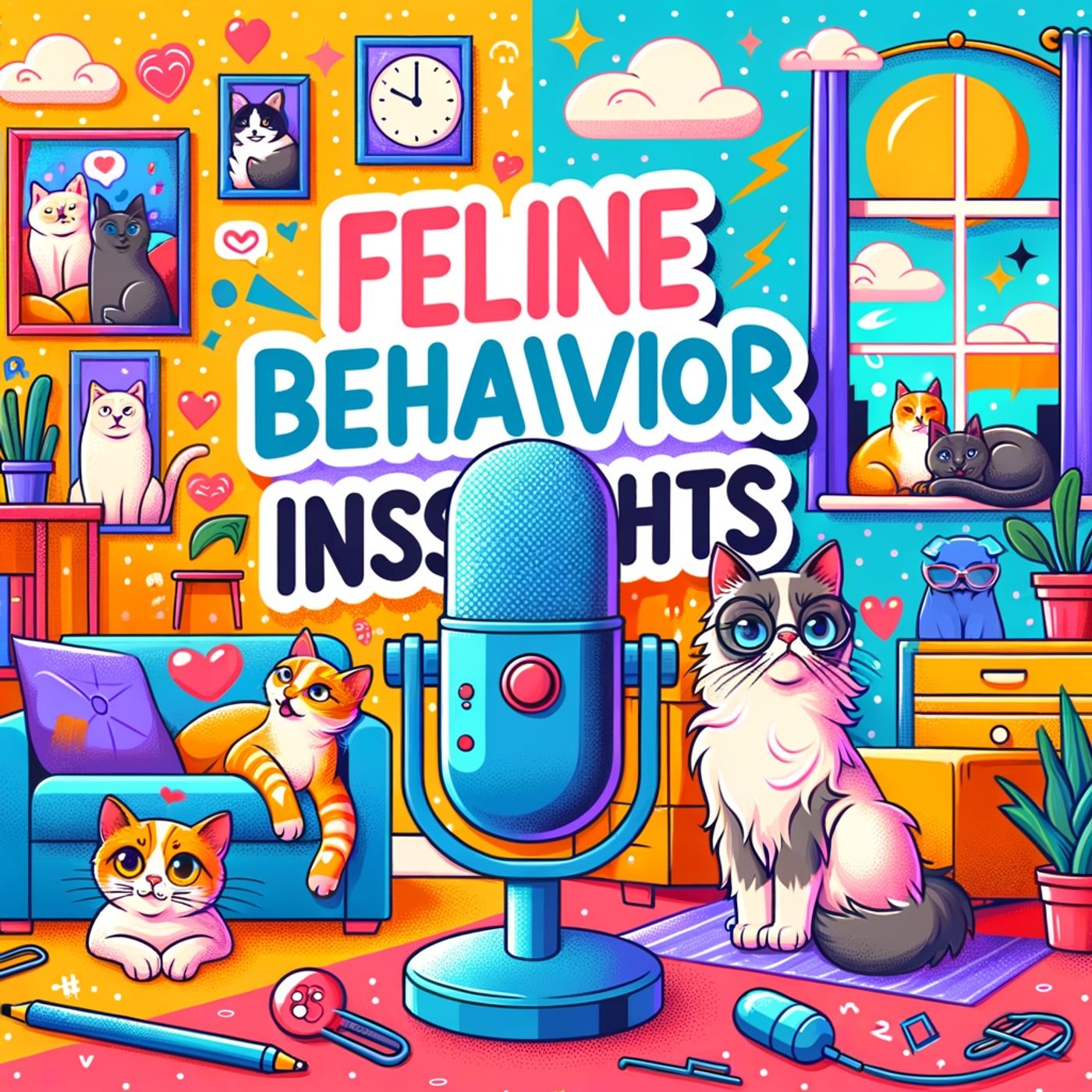Podcast Episode Details
Back to Podcast Episodes
"Decoding Feline Body Language: Unlocking the Secrets of Cat Communication"
Feline behavior is a fascinating mix of instincts, expressive gestures, and subtle communication that continues to intrigue experts and cat lovers alike. Tuft + Paw explains that cats evolved as both predators and prey, shaping every nuance of their daily interactions. If you spot a cat stretched out and exposing their belly, they aren’t feeling threatened—they’re expressing trust in their environment and those nearby. On the flip side, when a cat scrunches up into a tight, ball-like shape, they might be anxious, unwell, or simply seeking security.
According to PetMD, cats primarily communicate silently, relying on body language, scent marking, and visual cues rather than sounds. Watch the tail—it’s a social antenna. A tail held high with a little curve means your cat is confident and at ease. If the tail is low or tucked, they're feeling apprehensive. A rapidly moving tail shows possible agitation, while a puffed-up tail signals a bid to appear larger for self-defense. Ears upright show a relaxed state, but ears flattened against the head mean trouble is brewing, whether it’s aggression or fear.
The eyes offer even more clues. A slow blink from your cat is known as a “cat kiss,” a sign of trust and affection. If you blink slowly in return, you’re communicating the same good vibes back. Direct eye contact, however, is more complex. It can mean your cat feels territorial, so give them space if you notice an unbroken stare.
Cats love batting objects off tables, as described by MedVet. This satisfies their curiosity and hunting instincts. When your cat kneads a soft blanket—or your lap—it’s a sign of relaxation and happiness rooted in their kittenhood. Head bunting and rubbing are ways for your cat to mark you with their scent, a gesture signaling affection and a claim of belonging.
Body blocking is another behavior worth noting. PetMD points out that when a cat positions themselves to prevent another from accessing food or a resting spot, it can look innocuous but actually be a sign of subtle tension, sometimes accompanied by a steady stare-down.
From loafing shapes for warmth, as noted by Pets Best, to the righting reflex that allows cats to land gracefully on their feet, feline behavior is an intricate language all its own. Understanding these signals can help listeners strengthen their bond with their feline companions, respond to their emotions, and create a home filled with trust—and fewer scratched couches.
Thanks for tuning in and remember to subscribe. This has been a quiet please production, for more check out quiet please dot ai.
For more http://www.quietplease.ai
Get the best deals https://amzn.to/3ODvOta
Published on 5 days, 17 hours ago